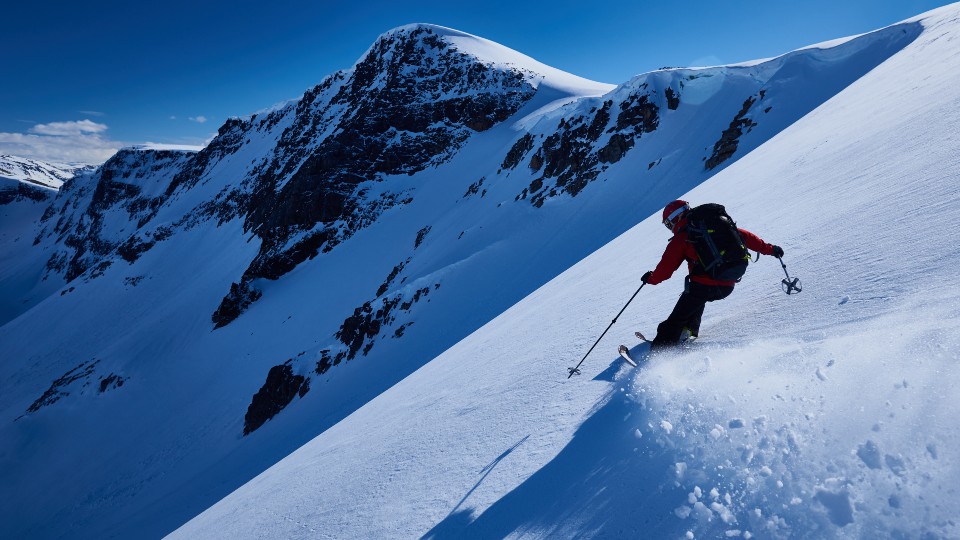To counter the lack of cold weather, the organisers are using vast quantities of water and energy to supply the events with fake snow.
What are the consequences of maintaining artificial winter conditions on this scale? Dr Madeleine Orr, a sport ecologist in the Institute for Sport Business at Loughborough University, considers the tournament’s environmental scorecard.
Dr Orr spoke on The Conversation Weekly podcast.
How important is the local climate in Winter Olympic Games?
The first Winter Olympics took place in 1924 in Chamonix – a town in the French Alps. All the events happened outdoors. The Games organisers flooded courses to create natural rinks for ice hockey and tracks for sledding sports. There was plenty of fresh powder snow for skiing, too.
More recent Games have used significant amounts of artificial snow. Olympic snow makers have said that Sochi 2014 was about 80% fake and in Pyeongchang 2018, closer to 90%. Now we’re watching a Winter Olympic Games in Beijing with 100% artificial snow, which is unprecedented. There’s a whole range of questions that this raises in terms of the safety and competitiveness for athletes and the environmental cost of the Games.
The last few Olympics were poorly chosen for their natural conditions. Climate change has increased the temperature and shifted precipitation patterns in Beijing, but not so significantly that conditions are substantially different to what they were ten years ago when the bid was advanced. A Winter Olympic Games here was always going to rely on artificial snow because Beijing and Zhangjiakou (the mountain city in Hebei province which will host skiing events) are just not that snowy. And in that case, snowmaking is a great stop-gap solution: you can produce snow, you can’t produce cold temperatures.
Since the 1960s, ski resorts have increasingly relied on artificial snow. To survive, resorts must be able to open about 100 days of the year. That window is getting very tight. In Europe, for example, the WSL Institute for Snow and Avalanche Research found that about 12 days have been lost from the beginning of the season and 26 days from the end since 1970 in the Swiss Alps. In North America, we’re seeing similar numbers.
The northern hemisphere has lost about four million square kilometres of spring snow cover – about a 10% decrease over the last four decades. Artificial snowmaking has been the solution. And that’s what we’re seeing in Beijing. But if these trends continue and in 40 years the world loses another 10%, or if winter temperatures continue rising, snowmaking may not be able to make up the difference.
What goes into making fake snow?
At these Olympics, seven machine rooms and pumping stations move water up mountains where it’s pushed through high-pressure pumps, then forced, with air, through a fan and blasted out of more than 350 snow guns. It falls on the ground and typically has chemical additives that help it bind together, but in these Games, snow makers have claimed there are no chemicals involved. A team of groomers spread the snow around.
The Chinese organisers have used reservoirs of water that have been collecting rain and runoff for a long time, and they claim to not be pulling from general sources of drinking water. This was contested by local newspapers which reported on rivers being diverted to accommodate the fake snowmaking, and officials have reportedly shut off irrigation to farmland to conserve groundwater. But for the most part, it seems the event organisers are pulling from predetermined reservoirs.
China has claimed the Games will be 100% powered by green energy, and Beijing organisers have gone to great lengths to secure access to renewables. An analysis by the website Carbon Brief suggested that Zhangjiakou can generate more green energy than most countries and its pioneering grid system can deliver electricity to Beijing and neighbouring regions.
Article continues at...

For the full article and link to the podcast, visit the Conversation webpage here.
